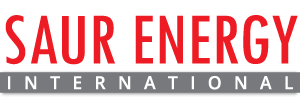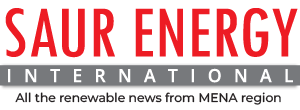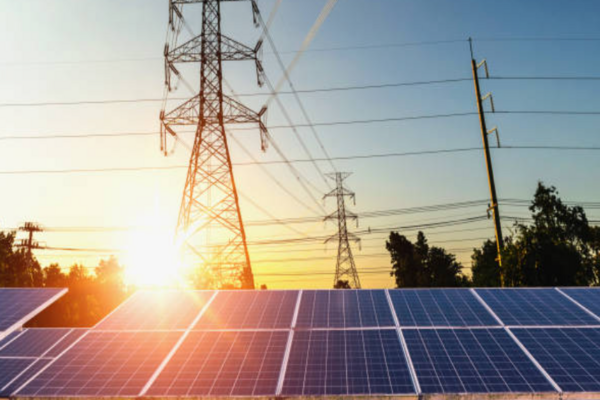Morocco is moving forward with expanding its national electricity network. The country’s main electricity and water agency, ONEE, has confirmed new funding to support this effort. Two international banks are providing the financing. One is the European Investment Bank. The other is the German development bank known as KfW.
Together, they are lending €300 million. The project includes extending the national grid by 731 kilometers. It also involves increasing the power system’s ability to handle more electricity by 1,850 MVA. The plan is part of Morocco’s wider energy development roadmap running through 2030.
The money will help prepare the grid to carry more electricity produced from renewable sources. Morocco plans to make renewables a larger part of its total power supply in the coming years.
The investment also follows the development of new wind energy sites. One example is the Jebel Lahdid wind farm. This facility started operating in 2024. It adds 270 megawatts of capacity to the grid. It is part of a national program that aims to bring wind energy production up to 1,000 megawatts.
Morocco already has over 12,000 megawatts of installed electricity capacity. More than 45 percent of that capacity comes from wind, solar, and hydropower. The plan now is to grow the overall capacity by another 12.5 gigawatts by the end of the decade.
In addition to new power plants, Morocco is working on better ways to move electricity across long distances. A new high-voltage line is planned. It will connect the southern region of the country to the center. The length of this connection will be about 1,400 kilometers, with a total capacity of 3,000 megawatts.
ONEE operates a power grid that already extends more than 30,000 kilometers. The current goals include more power from clean energy and better infrastructure to carry it. By the end of 2027, Morocco aims to have more than half of its installed electricity capacity coming from renewable energy.


